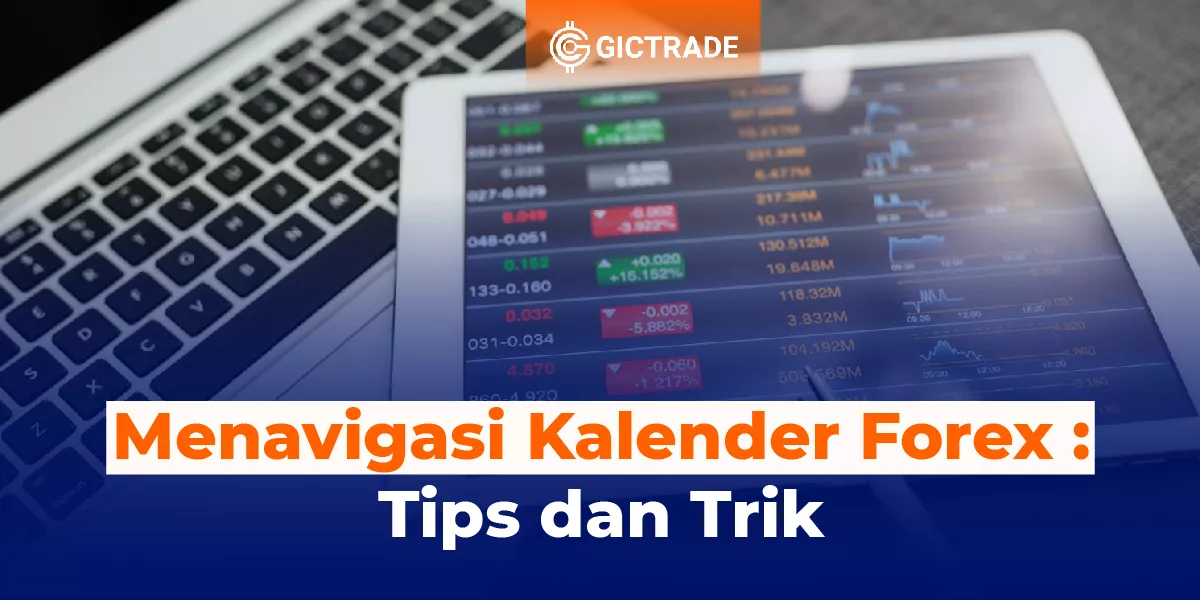What Is Stop Loss?
A stop loss is the limit of an order where a trade is closed when a certain price has been reached. A stop loss order is a defensive mechanism that traders use to protect against further losses. Automatically, it closes an open position when the exchange rate moves against and reaches a predetermined level. For example, if a trader buys the USD/JYP currency pair at a value of 110.50, then the trader can set it to 109.00. If the price on the bid falls to that level, then the trade will be closed automatically. There are two types of stop loss orders, the first is a sell stop order and a buy stop order. A sell stop order is a market order that will be executed if the price drops below a certain level. A buy stop order is the opposite of a sell stop order, where this position is set above the current market value and becomes active after the price can cross that level.
In contrast to stop limit orders, stop loss orders guarantee order execution (provided there are buyers and sellers for the asset). However, price fluctuations and price slippage often occur during execution.
Table of Contents
.webp)
For example, most sell stop orders are executed by prices below the limit price. This happens if the price drops quickly, then the order can be filled at a much lower price. A stop loss order cannot be executed if there is no bid or ask. Although rare, this scenario is more likely to occur when trading low-volume stocks. What's more, a stop loss order can be executed by a trader at a price much lower than the specified stop price, resulting in a significant loss on the order. In general, markets that are not your broker are likely to be blamed if orders cannot be executed at the recorded price, especially in fast-moving markets.
Uses of Stop Loss Orders
The most important benefit of using a stop loss is the absence of fees applied. Regular commissions are charged only after the price of the stop loss has reached the target and the stock must be sold. One way to think of a stop loss is as a free insurance policy. In addition, in the case of stop losses, traders do not need to monitor the performance of stocks on a daily basis. Of course, this is very useful in terms of convenience for traders who are on vacation or in situations that prevent them from keeping an eye on stocks for a long time. Stop losses also help traders protect their decision-making from emotional influences. This has to do with psychology in trading. For example, most people will fall in love with stocks and they will probably maintain the false belief that if they give a stock another chance, then the stock will reappear. In fact, this delay can only cause the risk of loss to continue to increase.
Therefore, it is important for you to realize that stop loss orders cannot guarantee that you will continue to make profits in the stock market. You still have to make a decision again for the right investment. If not, then you will lose as much money as you would without a stop-loss.
Also read :
Achieve Maximum Profit with GICTrade Easily, Download the Application Here

How to Place a Stop-Loss Order When Buying
Stop losses should not be placed when the levels are ambiguous or random. The most ideal place for a stop loss allows for some fluctuations but gets you out of the position if the price turns against it. One of the simplest methods to place a stop loss order when buying is to place it below the "swing low". This happens when the price falls below and then bounces. A swing low indicates that the price finds support at that level. If you want to trade in the direction of the trend when you buy, then the swing low should move up.
How to Place a Stop-Loss Order When Short Selling
The method is the same when you buy stocks, short sells should also not be placed randomly. You want to give the market the same room for fluctuations, while protecting yourself from the risk of loss. With a shirt sell, then as opposed to buying, a typical stop loss order will fall just above the "swing high". If the swing low on the buy finds a support level, the short sell finds a resistance level at the price above it. This happens when the price goes up and down. When looking for a short trade, the swing highest should move downwards.
Conclusion
A stop loss order is a simple way that can offer a number of significant advantages when used effectively. Whether it's to prevent excessive risk or lock in profits, almost all investment styles can take advantage of this tool. Think of stop-loss as an insurance policy, where you hope you won't need to use it right away, but it's good to know that you have protection if you need it.
 Last:
Last: 







